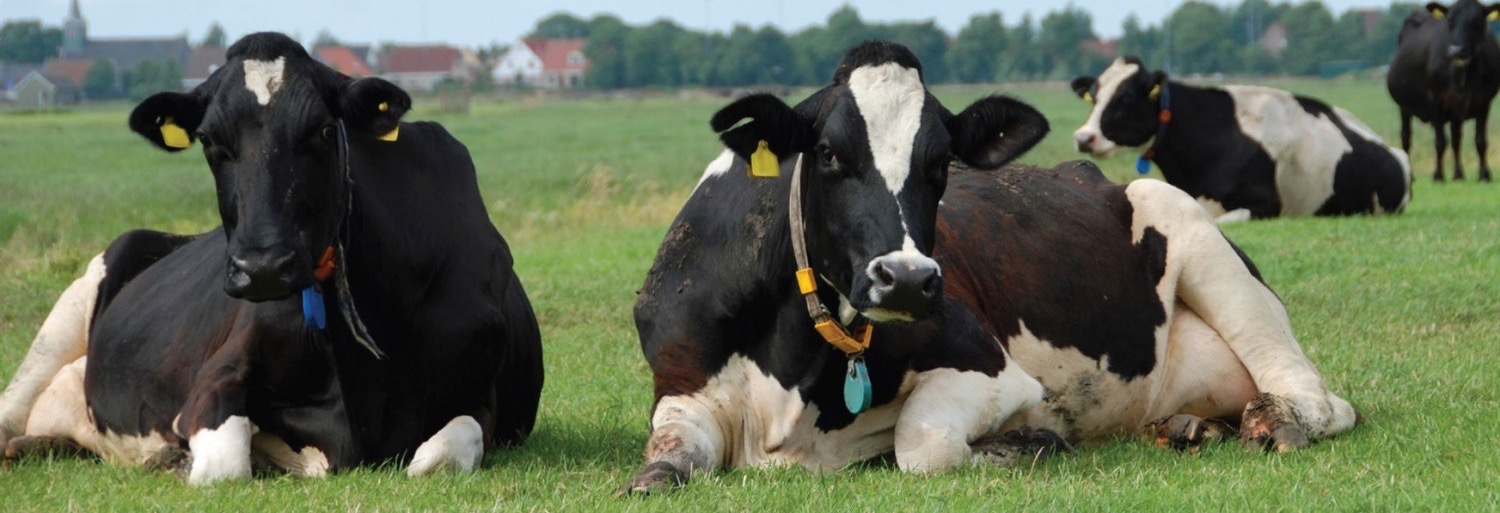Subclinical hypocalcemia can quietly result in many other issues within the herd. Subclinical hypocalcemic cows have a three-fold increase in displaced abomasums, and they are 3.2 times more likely to retain their placenta. This problem is combined with an increased risk of mastitis and metritis associated with a 5 to 7-fold increase in plasma cortisol resulting in decreased immune function.
Further, subclinically hypocalcemic cows have lower feed intake and thus lower milk production. Subclinical hypocalcemic cows produce an average of 5.7 pounds less milk in the first week of lactation relative to what they would have given otherwise. By week three, the affected cows may drop 15.6 pounds of milk. Subclinical hypocalcemia is even more costly than clinical hypocalcemia because it affects so many cows without typically being seen, and losses are estimated at $125 per case. Below are some pointers for minimizing subclinical hypocalcemia within your herd.
-
Anionic salts in the close-up group may be your best tool. Close-up cows within 3 weeks of calving fed anionic salts show a five-fold reduction in subclinical hypocalcemia. They should be incorporated into the diet to result in a DCAD of -10 to -15 mEq per 100 lb of dry matter intake. Besides adjusting the amounts of sodium, chloride, potassium, and sulfur, these rations additionally contain 1% calcium, 0.35% Magnesium, and no more than 0.25-0.3% phosphorous. The effectiveness of anionic salts can be evaluated by measuring urine pH – this should be 6.2 to 6.8 in Holsteins and 5.8 to 6.3 in Jerseys.
- Oral supplements post-calving can help in combination with anionic salts. Typically they take 30 minutes to take effect and increase blood calcium concentration significantly for 4 to 6 hours. Calcium chloride is typically the main useful component in a gel or paste; the drawback is that aspiration of this substance during administration can be detrimental to the cow’s health and even result in death. Boluses are becoming more of an option due to the low aspiration risk. Intravenous calcium should not be used for this purpose.
Identify and manage cows with subclinical hypocalcemia early. Measuring blood calcium concentrations within the first 1 to 2 days post-calving is the best way for farmers to identify cows with subclinical milk fever and allows early action. Currently, these samples need to be tested in a diagnostic laboratory, but cow-side tests are being developed. Administering calcium supplements orally can help get cows back on track.
By: Katie Wolf and Donna M. Amaral-Phillips, Ph.D. from Cooperative service of University of Kentucky
Source: https://extension.ca.uky.edu




